Clogged gutters leave your home susceptible to damage. Over time, the weight of leaves, twigs, and dirt can cause sagging, cracking, and roof leaks.
If you have experience working on ladders and don’t mind the mess, gutter cleaning may be a cost-effective weekend project. Just be sure to practice ladder safety and take frequent breaks. However, if you need assistance from professionals, contact Pro Gutter Cleaning Charleston now!
Gutters aren’t a glamorous part of your home, but they do an important job. They direct water from your roof away from the foundation of your house, preventing dangerous cracks and erosion over time. However, if your gutters are clogged, they can’t do this job properly.
Clogged gutters invite standing water, and that water is mosquitoes’ playground. Clogged gutters also create a breeding ground for mold and mildew, which can wreak havoc on your home’s interior.
You can test your gutters for clogs by simply stepping outside during a rainstorm. If you can’t see water pouring out of downspouts, they are likely clogged.
Another easy way to tell if your gutters are clogged is to look for rust or mildew along the side of your home, near the gutters. This indicates that the gutters have been overflowing and causing water damage to your siding and indoor spaces.
The most common culprit for clogged gutters is organic material like dirt and leaves. Over time, this can build up and form a thick clog that prevents water from flowing through your gutters as it should.
Another common issue is the formation of ice dams during winter storms. These can form when melting snow and ice blocks the flow of water from your roof. Without the proper gutter drainage, this can cause serious roofing damage and put your home at risk of structural damage to the roof and walls.
You can help prevent clogs by cleaning your gutters on a regular basis. It’s easy enough to do on your own using a garden hose fitted with a nozzle attachment. You can also purchase a specialty telescopic pole that allows you to reach higher areas with ease. If you are unable to clear the clog with these methods, it may be necessary to call in a professional gutter cleaning service.
Pests
When a gutter becomes clogged, the nutrient-rich debris provides food and shelter for pests. Birds, squirrels, ants, cockroaches and rodents all love the shaded, cool area a clogged gutter offers. Additionally, plants and weeds often sprout in a gutter that has been clogged for a long time. Having these growing in your gutters can lead to troublesome blockages and even encourage the growth of unwanted flora around your home.
When it rains, water from a clogged gutter will spill over the sides and overflow onto your roof or landscape. If this happens often, it can cause damage to your home and your yard. Additionally, pooling water can also create a breeding ground for disease-carrying mosquitoes.
A clogged gutter can also encourage the growth of pests such as termites and carpenter ants. These pests are attracted to the rotting wood in a clogged gutter. Once they start eating away at the wooden support system of your gutter, it’s only a matter of time before they move on to the rest of your home. These invasive pests can destroy your home’s structure and affect its value.
Gutter guards can help reduce the number of pests in your gutter system by preventing them from accessing your home. A professional gutter cleaning service can install these protective devices for you. Additionally, there are several natural repellents that can be used to keep pests away from your gutters. These include marigolds, peppermint, basil, cucumbers and certain essential oils.
If you’ve been neglecting your gutters, it’s important to call a professional for regular cleaning and maintenance. A professional gutter cleaning company has the skills, equipment and experience to tackle this task safely and effectively. In addition to cleaning your gutters, a professional can install gutter guards and repair damaged ones. Hiring a professional can save you both time and money in the long run by protecting your home from costly damage. The investment is well worth the peace of mind that comes with a clean, functional gutter system.
Mold
Gutters are not immune to mold, which can form if they’re exposed to water and plant matter. Fortunately, mildew is usually a minor issue and can be easily removed with a scrub brush and bleach solution. The best time to clean your gutters is in late spring and fall, when there’s less chance of getting water damage or clogging from falling leaves.
To remove mold from your gutters, you’ll need a ladder, a garden hose, and a scrub brush with a long handle. Make sure you wear gloves and safety glasses for protection, as bleach can irritate your skin and eyes. Once you’re ready to start, you’ll need a solution of equal parts water and bleach. You can find this at your local hardware store or online.
The first step is to spray the mixture over the moldy areas of your gutters. This initial application won’t completely remove the mold, but it will kill and weaken it so that you can scrub it away. Then, let the solution sit for 15 minutes or so. Finally, use your scrub brush to scrubbing the moldy areas of your gutters until you’ve removed as much of it as possible.
If you’re not comfortable using bleach, there are a few natural and homemade alternatives. White distilled vinegar, for example, has the same effect as bleach but does not emit toxic fumes. This is a great option if you want to avoid harsh chemicals. It is also environmentally safe, so it’s a good choice for those who live in an area that’s sensitive to pollution.
Gutter mold not only looks unsightly, but it can also cause serious damage to your gutter system. Over time, the mold can eat through the wood and expose your home to moisture damage. It can also weaken the connections between gutter sections and lead to sagging and structural problems. Gutter mold can be a warning sign of more serious problems with your gutter system.
Gutter cleaning can be an unpleasant and difficult task, but it’s important to keep your gutters in working order so that you don’t have to deal with expensive water damage or costly repairs. If you can’t clean your gutters yourself, consider hiring a professional service. These professionals can help you prevent damage to your home’s foundation and other structural elements, and they’ll dispose of the debris safely.
Water Damage
Gutter cleaning involves removing the build-up of debris, which ensures the free flow of rainwater into the downpipe. The water will then drain away from the property, and will not be allowed to fall back onto the roof causing a leak in the ceiling or walls. Clogged gutters can also cause the roof to rot, which in turn will damage the interior of the home.
It is recommended that homeowners clean their gutters at least two to three times a year. This will help to prevent clogs, and will help to reduce the risk of water damage to the roof, windows, and foundation.
During heavy rainfall, the water from the rooftop will travel through the gutters and downspouts, and if this process is impeded by a clogged gutter system then it can start to seep into the roof of the house, and can lead to serious water damage. This can be costly to repair, and will often involve hiring a roofing contractor, which may result in the need for a new roof.
Regular gutter cleaning can prevent this kind of expensive home maintenance work, and will keep your roof and gutter system healthy for years to come. It is also a good idea to clean the gutters in advance of periods of heavy rain, as this will prevent the accumulation of ice dams in the winter that can further damage your home’s roof and gutter system.
Typically, you can clean your gutters yourself by using a ladder and a garden hose with a spray nozzle. Start at one end of the gutter, and spray out any clogs as you work your way down the channel, flushing out the downspout with the hose as well. This will help to remove any remaining debris and will wash away dirt, moss, and other contaminants that have built up over time. It is also a good idea to check the stability of your ladder before starting to work and to ensure that you have someone hold the bottom of the ladder for safety. You may find that it is easier to hire a professional gutter cleaning service, as they will be equipped with the right tools and experience working on ladders.

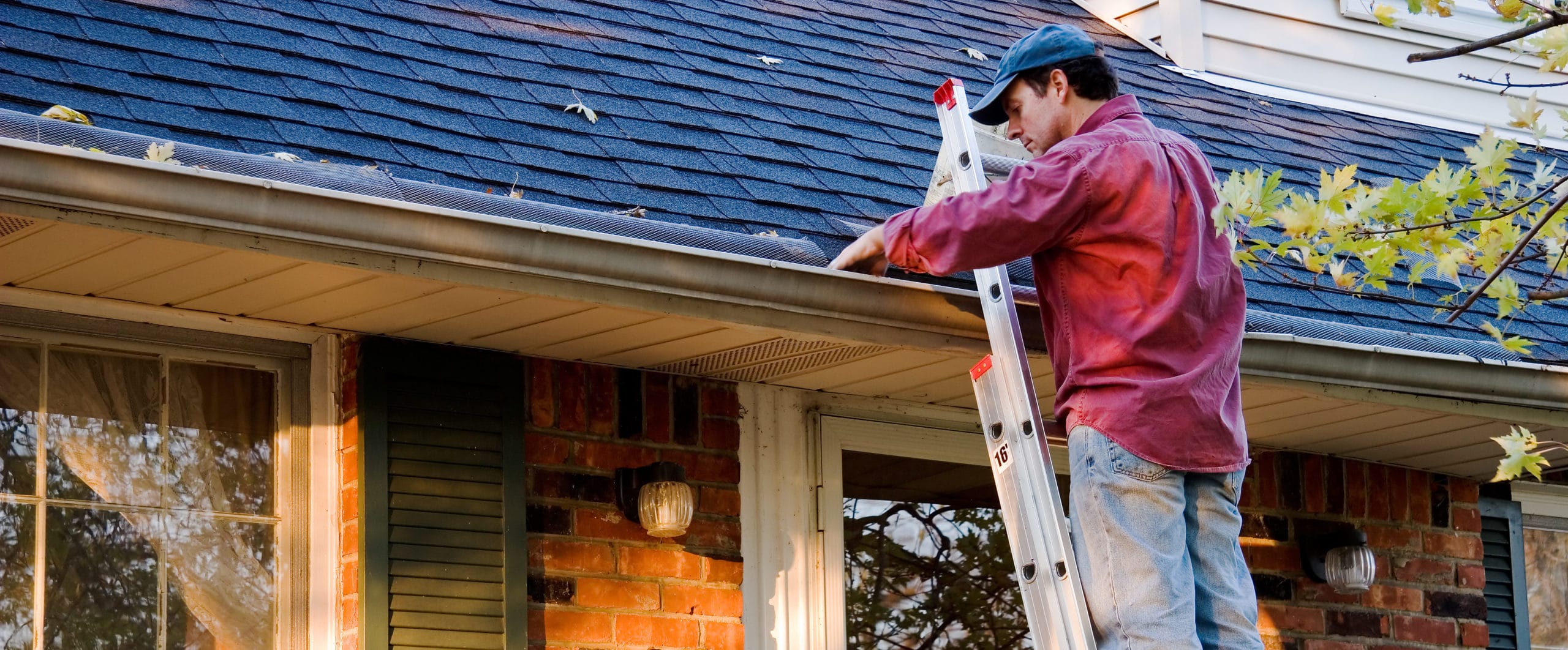
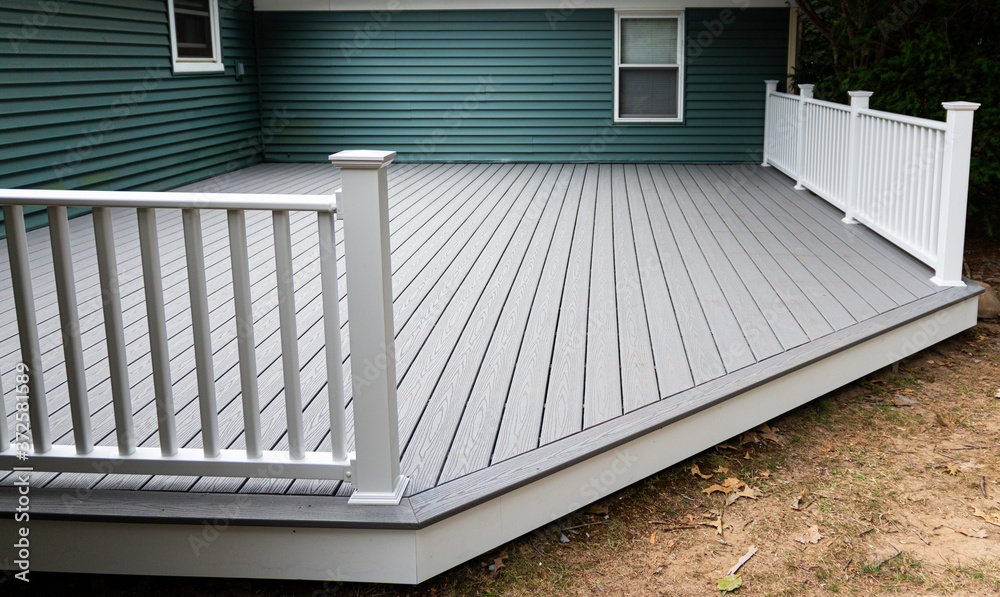
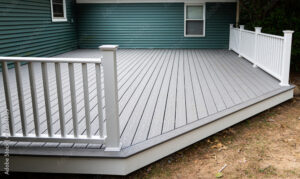



 Project Management
Project Management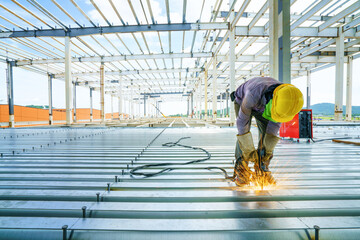

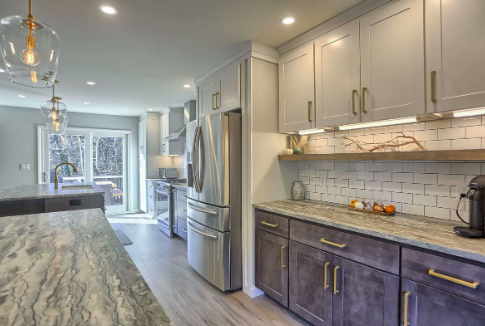
 Renovating a kitchen can improve the overall function of a home. It also adds value to the property.
Renovating a kitchen can improve the overall function of a home. It also adds value to the property. 

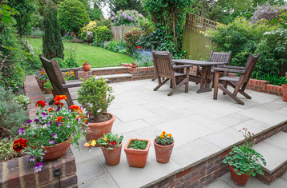


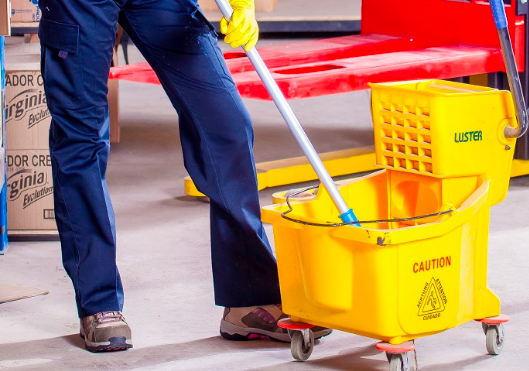
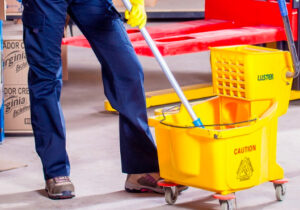 Janitorial services go far beyond a mop hitting the floor, and a vacuum is turned on. They use hospital-grade disinfectants, color-coded microfiber cloths that prevent germ spread, no-dip flat mops that reduce cross-contamination, and HEPA backpack vacuums for better indoor air quality.
Janitorial services go far beyond a mop hitting the floor, and a vacuum is turned on. They use hospital-grade disinfectants, color-coded microfiber cloths that prevent germ spread, no-dip flat mops that reduce cross-contamination, and HEPA backpack vacuums for better indoor air quality.